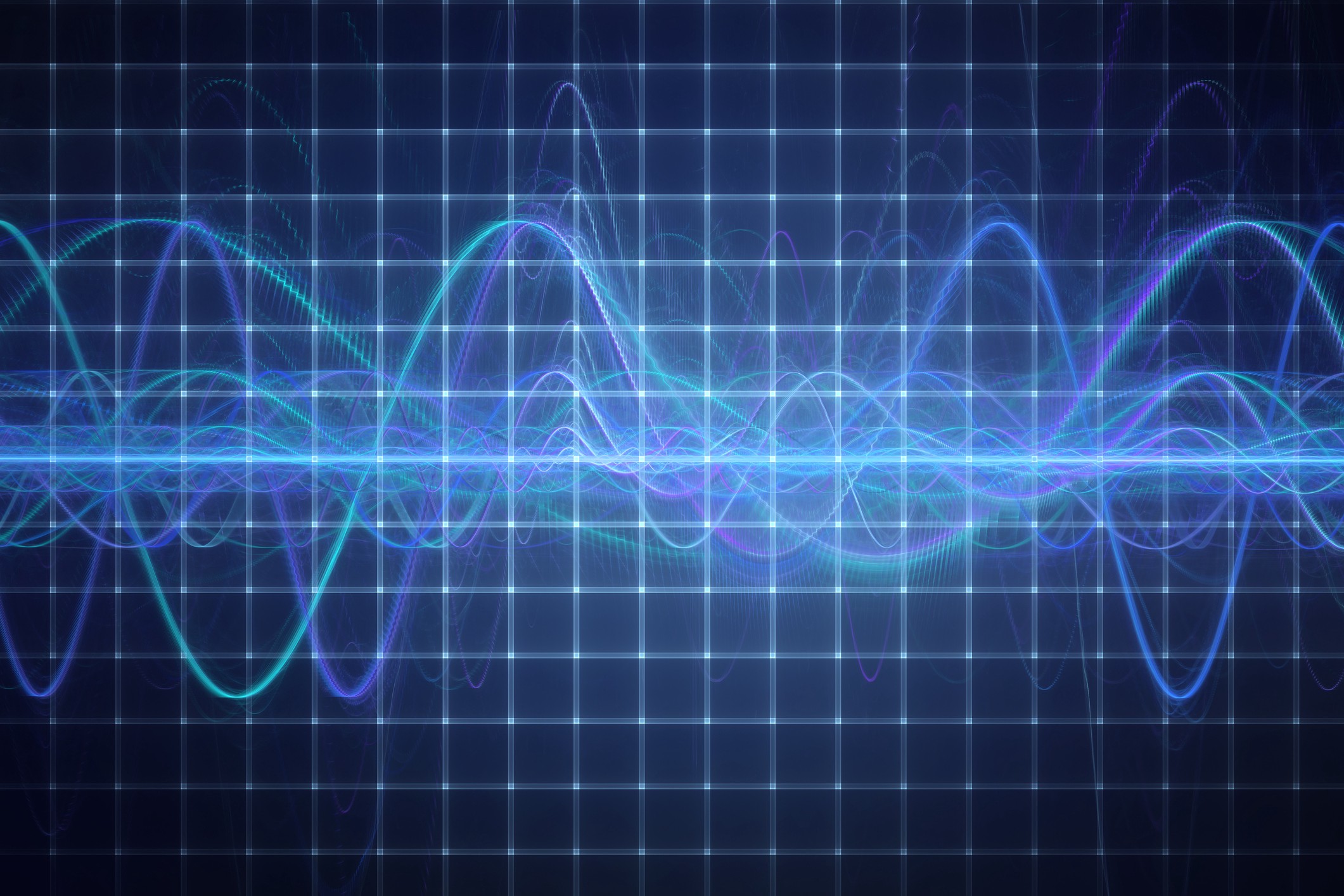
The Power of Frequencies: Exploring Their Diverse Applications in Modern Technology
Frequencies Technology Communication Medicine Sound Waves Radio Waves Wireless Technology Science Explained
The Power of Frequencies: Exploring Their Diverse Applications in Modern Technology
Frequencies are at the heart of countless technological advancements and play a vital role in our daily lives. From the sound waves that carry music to the radio waves enabling wireless communication, frequencies are the invisible force driving modern technology. In this post, we'll delve into the fascinating world of frequencies, exploring their various applications and how they impact our world.
What Are Frequencies?
Frequencies refer to the number of times a wave oscillates per second and are measured in Hertz (Hz). These oscillations can occur in various forms, such as sound waves, radio waves, or electromagnetic waves. Depending on the frequency range, these waves can be used for different purposes, ranging from communication to medical imaging.
Frequencies in Communication
Frequencies are integral to modern communication systems. Radio frequencies (RF) are used in everything from broadcasting radio and television signals to enabling wireless communication like Wi-Fi and mobile networks. Different frequency bands are allocated for different communication services, ensuring that multiple technologies can operate without interference.
For instance, Wi-Fi networks typically operate on the 2.4 GHz or 5 GHz frequency bands, while mobile networks use various frequencies depending on the technology (e.g., 4G LTE, 5G). The use of different frequencies allows for efficient transmission of data over long distances, making modern communication fast and reliable.
Frequencies in Medicine
Frequencies also play a crucial role in the medical field. Ultrasound, a technology commonly used in medical imaging, operates at high frequencies to create detailed images of the inside of the body. These high-frequency sound waves are sent into the body, where they bounce off tissues and organs to produce an image.
Another application of frequencies in medicine is in the use of radiofrequency ablation, a procedure that uses high-frequency electrical currents to destroy abnormal tissue, such as tumors. This technique is minimally invasive and is often used to treat conditions like cancer and chronic pain.
Frequencies in Music and Sound
Sound is essentially a vibration that travels through the air as a wave, and different frequencies create different pitches. Low frequencies produce deep bass sounds, while high frequencies create high-pitched sounds. Musicians and audio engineers manipulate frequencies to create music, ensuring that each note and tone is precisely tuned.
Equalizers in audio equipment allow users to adjust the levels of different frequencies, enhancing the listening experience. Whether you're adjusting the bass for a richer sound or boosting the treble for clarity, you're interacting with sound frequencies.
Frequencies in Wireless Technology
Wireless technology relies heavily on frequencies to transmit data without the need for physical cables. Bluetooth, for example, operates at 2.4 GHz and allows devices to communicate with each other over short distances. Similarly, GPS systems use specific frequency bands to provide accurate location data.
The allocation of different frequencies for different purposes is managed by regulatory bodies to prevent interference between technologies. This careful management ensures that wireless devices can operate smoothly in our increasingly connected world.
Frequencies and Everyday Life
Frequencies impact almost every aspect of our daily lives, often in ways we don't even realize. From the radio stations we listen to and the Wi-Fi networks we connect to, to the medical devices that diagnose and treat illnesses, frequencies are an essential part of modern life.
As technology continues to advance, the role of frequencies will only grow, leading to new innovations in communication, healthcare, and beyond. Understanding the power of frequencies helps us appreciate the technology we rely on every day and the science behind it.
Thank you for reading, and stay tuned for more insights and tips as we continue our tech journey together!